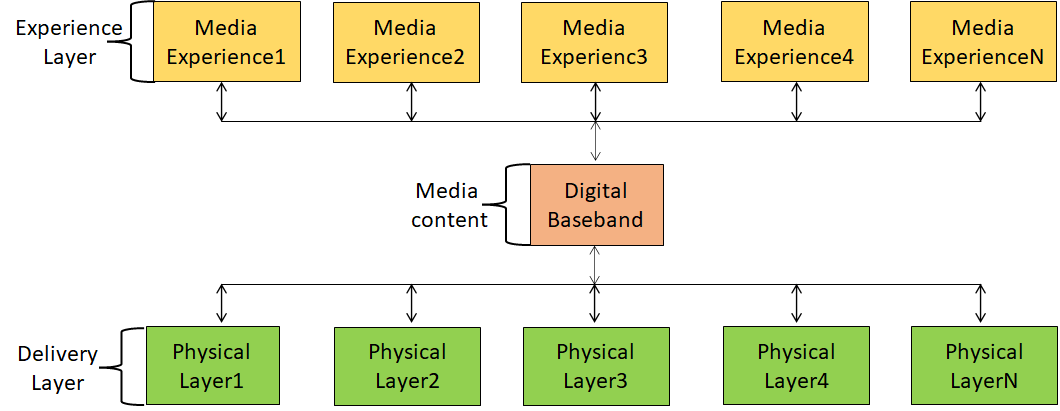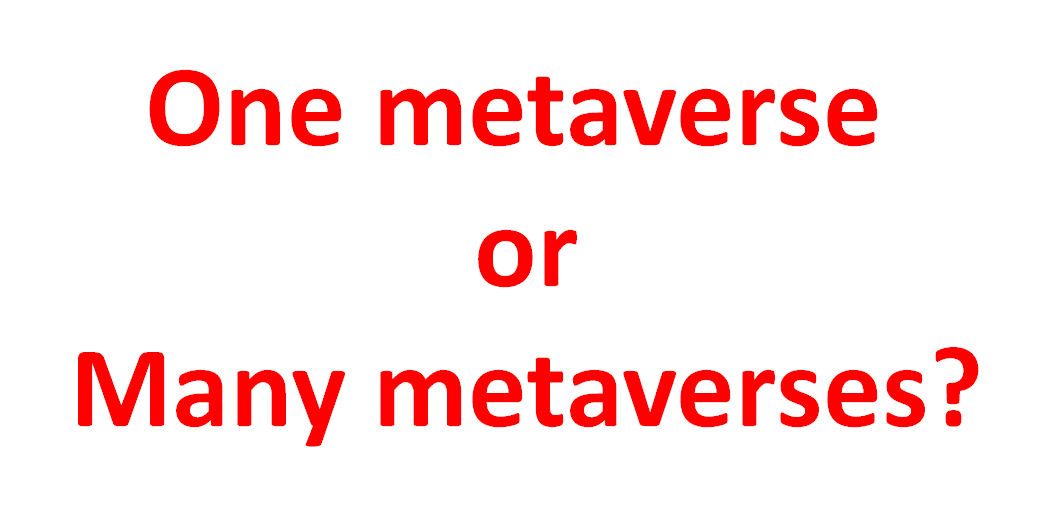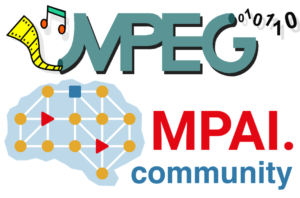I draw the reader’s attention to the fact that the title uses a definite and an indefinite article. Yes, because there is a big difference between _a_ Metaverse and _the_ Metaverse. _A_ Metaverse implies that there are many instances of the thing, _the_ Metaverse means that there is one instance. If I take the definition of metaverse provided by the recode article “Why you should care about Facebook’s big push into the metaverse”, metaverse is “a virtual world where people can socialize, work, and play”, it is clear that there should many Metaverses. The real world is boring enough that we do not want to create just another virtual world, but as many as possible and interesting.
Some may still remember the frustration of users who wanted to move their assets from Second Life, a Metaverse of the first decade of the 21st century, to another “Metaverse”. Of course, if there will be just one prevailing Metaverse, much more of the same can be expected.
To get an understanding of what is lying ahead it is useful to have a look at the video domain situation of 3 decades ago when “every industry, every region, every country, sometimes even every company offered video services as incommunicable silos”. This is depicted by the figure below.

Figure 1 – The media 30 years ago
MPEG standards changed that. A single standard audio-visual information representation (call it “compresion”) layer created the world that we know where there is (or there used to be) one digital television standard and thousands of media experiences.

Figure 2 – The media business after MPEG
_Of course_, the fact that there was a single “Digital Broadband” layer did not mean that there should be just one “media experience.
The Metaverse case is not the same as the media of 30 years ago, for one it does not have to deal with the problem of the variety of physical layers (which still exist), but it is plagued by the same problem at the Technology Layer, the new shape taken by the Digital Baseband Layer of 30 years ago.

Figure 3 – Metaverses today
Industry finds the notion of a shared Metaverse Information layer hard to digest for three main reasons. The first is that the Metaverse “industry” is not accustomed to standards. The second is that, so far, the Metaverse industry has been able to manage its business without standards: each company has been able to manage its business by using closed proprietary solutions. The third is that each company understandably wishes to become the only game in town or to be acquired by the eventual only game in town.
The video industry, before the arrival of MPEG, did not behave differently. MPEG standards, however, convinced it that sharing the Digital Baseband Layer was in their interest. They did it and I don’t believe they regretted it.
The challenge today is for the industry to accept the idea that the “metaverse experience” does not have to be bundled with the “metaverse technology”, and that a shared interoperable “metaverse technology” allows users to enjoy thousands of different metaverse experiences and be able to seamlessly move from one metaverse experience to another.

Figure 4 – Many metaverses with one technology
I should make clear that, having a single metaverse technology does not imply that moving asset from one metaverse experience will be as easy as shooting fish in a barrel. Even though I do not necessarily agree that their approach was the best, the digital television business has a few tales to tell (and the internet video distribution business as well).
Sure, to some this may not look as exciting as being the only game in the metaverse town, but sharing technology that enables different experiences is a recipe that has proven effective.



